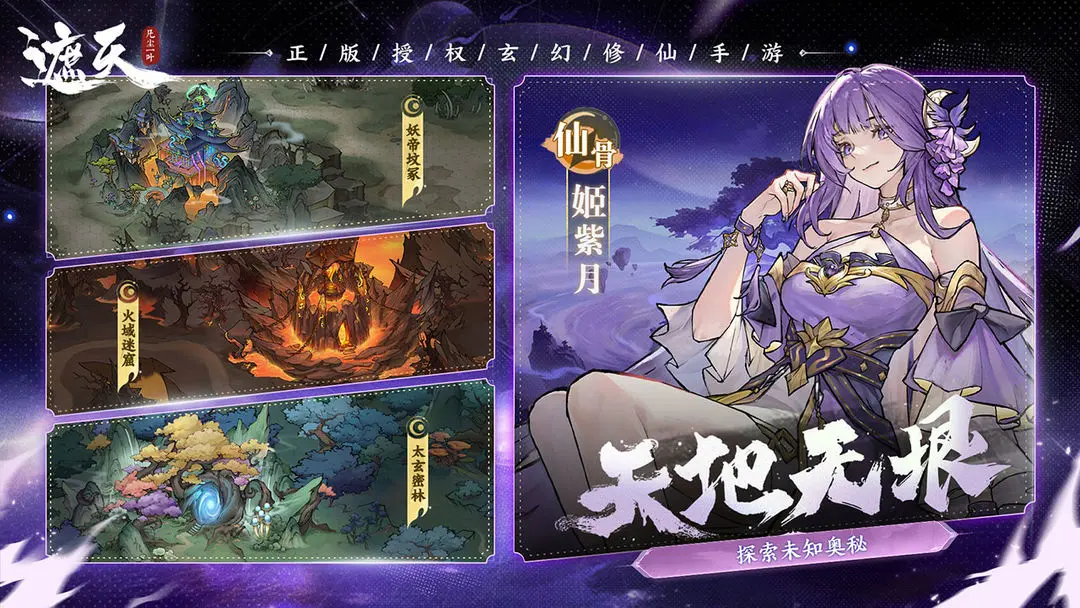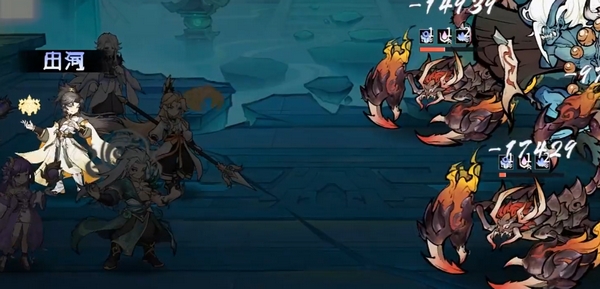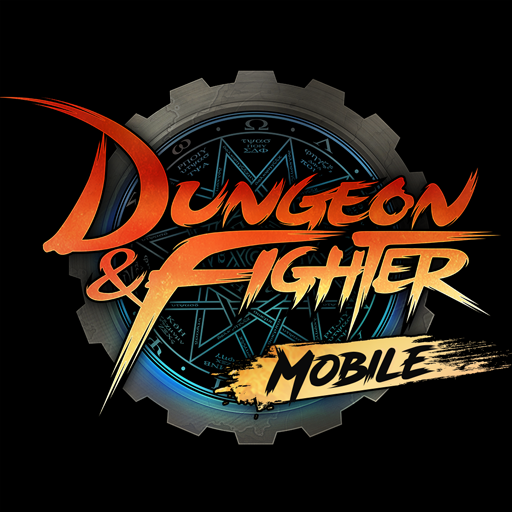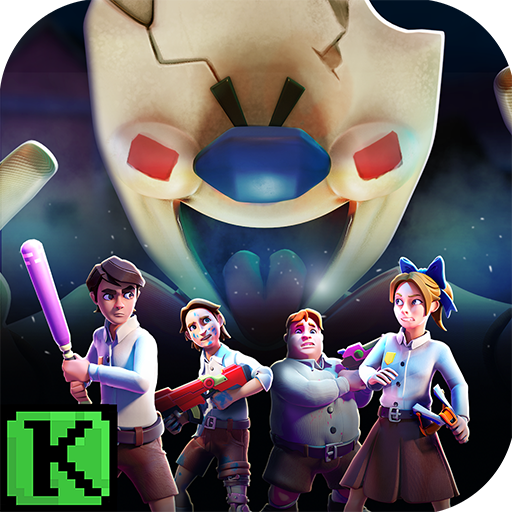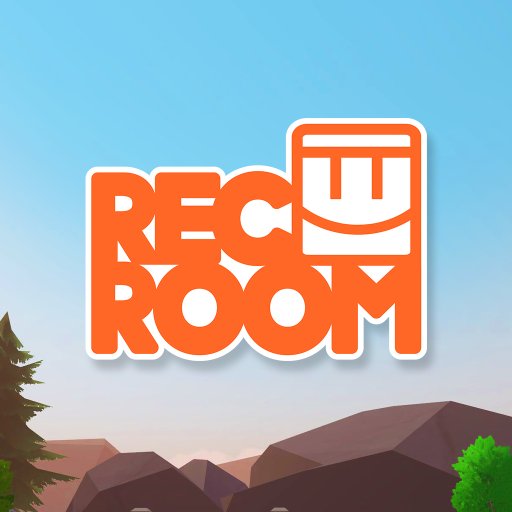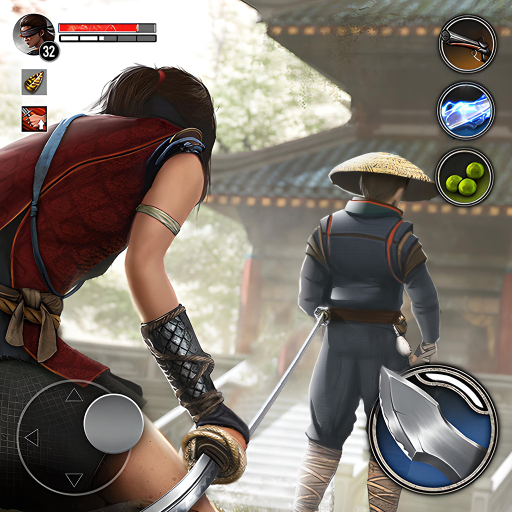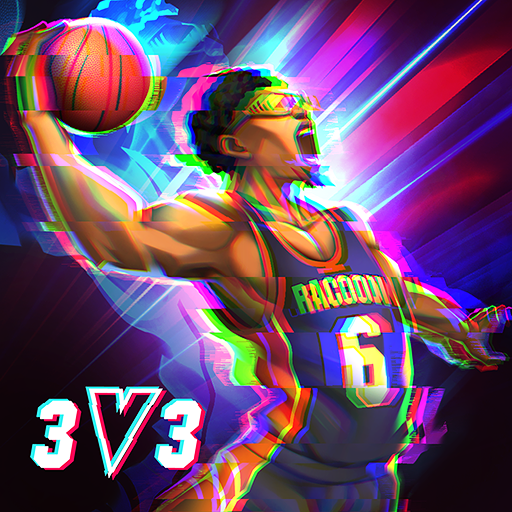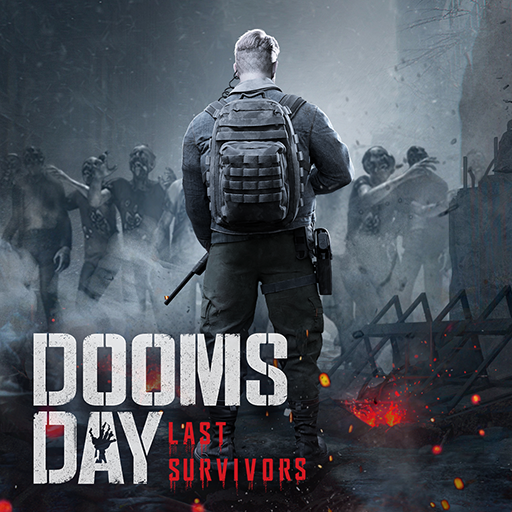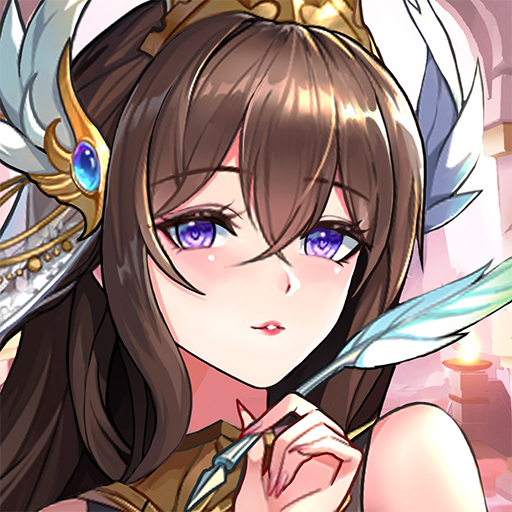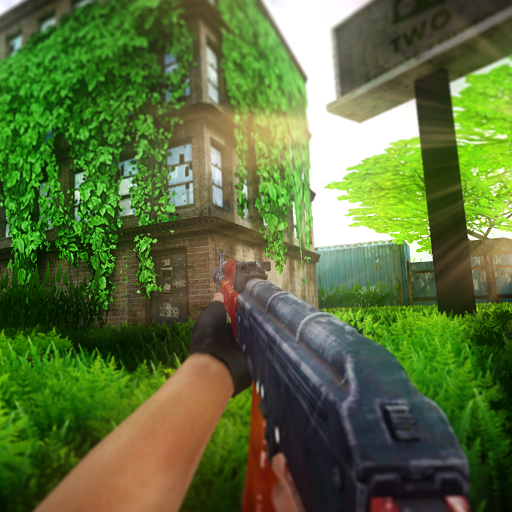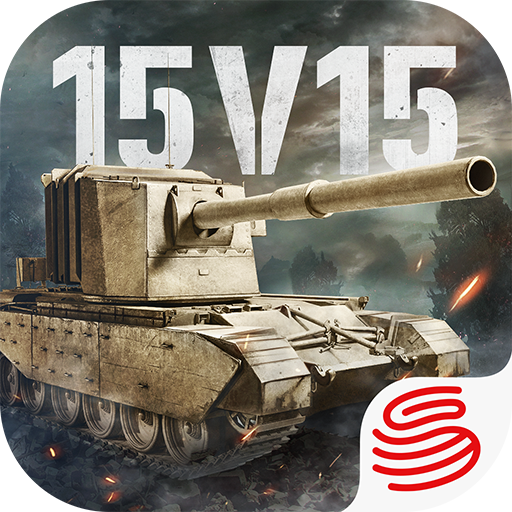Recently, many friends have shown a great interest in the Element Warriors guide. This work leans towards a pixel-style adventure, with character designs that are more cartoonish. It can be a bit challenging to get started, but it is indeed highly playable. Many friends might encounter quite a few problems if they jump into the game without first understanding the beginner's guide. If you want to avoid taking unnecessary detours, this introductory guide is worth a good read.

I. Choosing Your Character Class
Upon entering the game, one of the most important things is choosing your class. When you enter the class selection interface, note that the choice of class is closely tied to the character. For example, Niki, Nia, and Paula are all melee types, but each has its own unique characteristics: the first is a warrior, the second an assassin, and the third a tank. Suen and Miko belong to the magic class, with the former being a mage and the latter a healer. When selecting a character, it’s essential to determine their role and ensure it aligns with your desired direction. Currently, the choices that are more suitable for beginners and casual players include Paula, Miko, and Jenny.

Paula, as a tank, may not have high damage output, but her survivability is very strong. The key point is that most dungeons actually require a tank to ensure the overall survival of the team, allowing someone to take on the majority of the damage.
Miko, as a healer, primarily focuses on healing. While healers themselves have relatively low combat power, they provide recovery and buff effects. This type of character is irreplaceable whether for grinding or running dungeons. Moreover, the materials and equipment required for developing a healer are generally cost-effective, making it easy to quickly build up in the early stages and bring significant benefits to battles. Jenny is a summoner, which is perfect for grinding and AFK play. She can directly summon creatures to assist in combat, enabling efficient leveling.

II. Stat Allocation
Characters need to allocate stats, and after reaching level 20, you will have points to distribute freely. For example, if you choose a warrior class, you can allocate points to strength, agility, and stamina; tanks should focus mainly on stamina, with additional points to agility and strength. Magic classes follow a similar pattern, focusing mainly on intelligence. In addition to stat allocation, there are various skills to learn, which require having the corresponding skill books to qualify for learning.
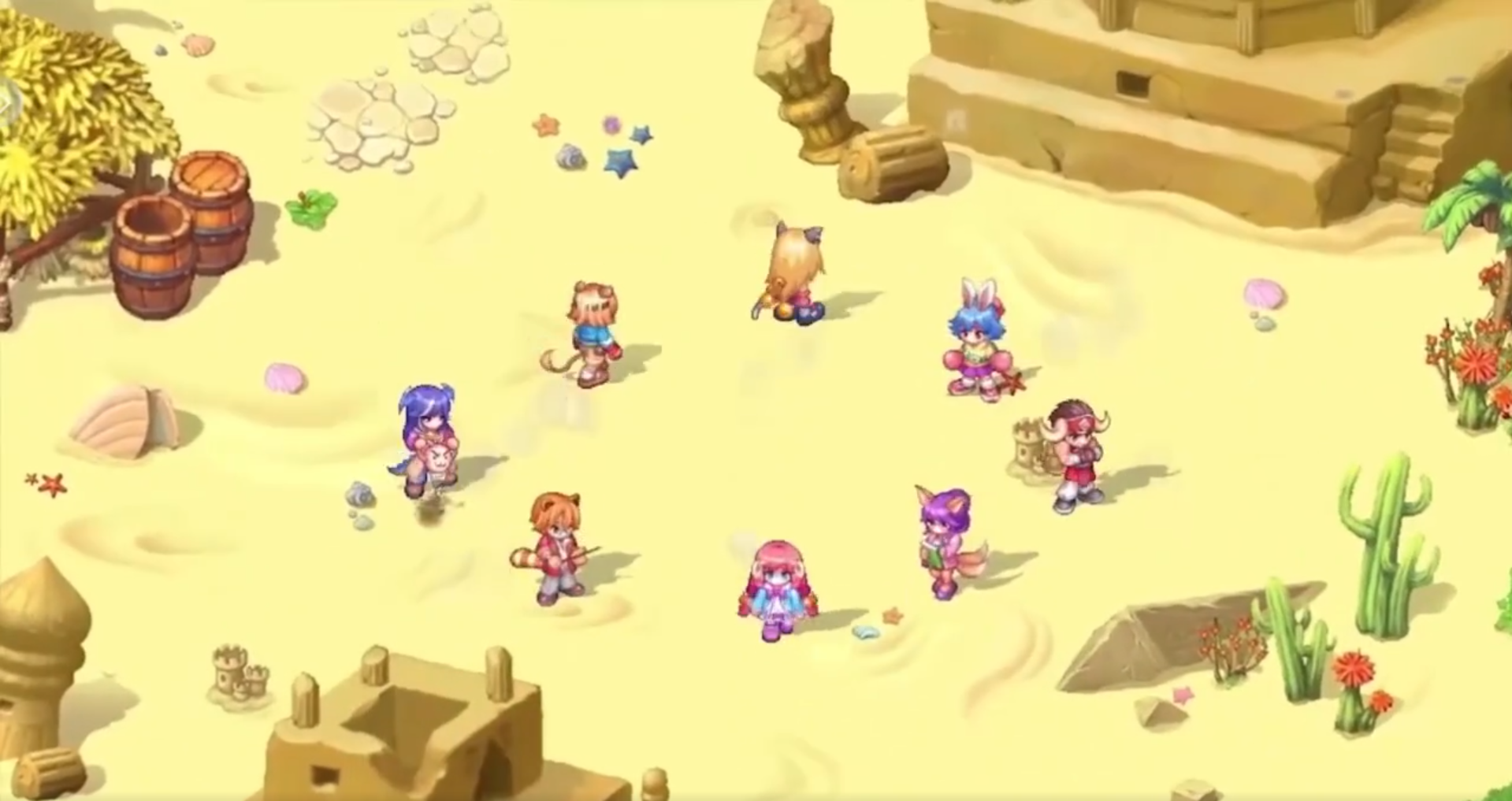
Skill books can be obtained through two channels: one is from the wild, where you can find out the approximate locations of skill book drops by checking the details of certain skills. The second channel is purchasing from shops or the in-game store. Initially, only green skill books can be bought, but as you progress to other cities, blue skill books become available. Skill books of blue quality and above are partly sold in the store, while others are typically obtained by defeating dungeon bosses.
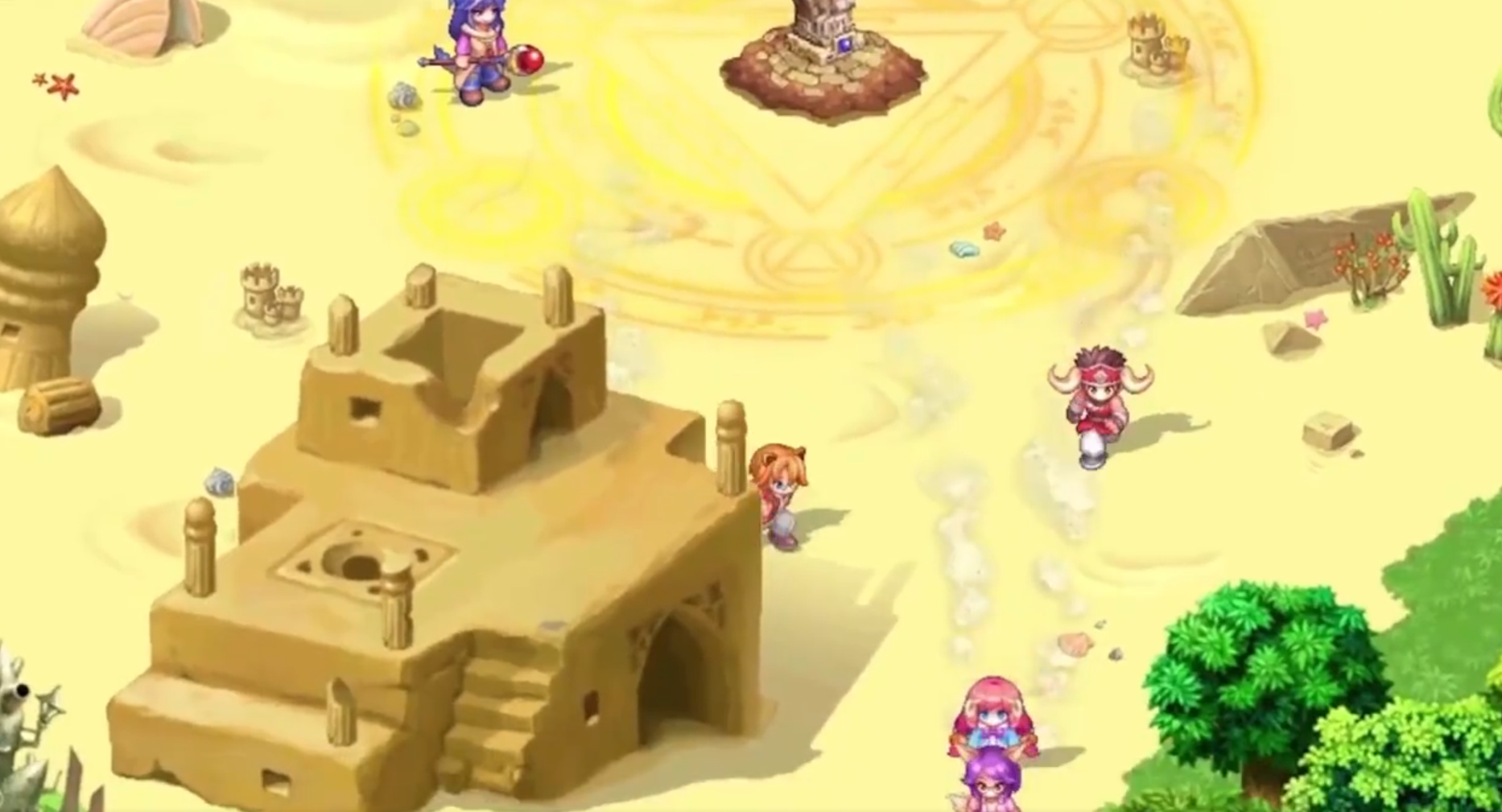
III. How to Level Up Quickly
During the novice period, quick leveling is a priority. The fastest way to level up during the initial phase is through the main storyline. The main story contains many quests, completing which will grant you a large amount of experience and resources. The difficulty of the main story is low at the beginning, so you can advance quickly and efficiently, gaining a lot of experience and the necessary resources for character development, thus growing rapidly and enhancing your strength.
When you reach around level 25, you might start to experience a leveling bottleneck, as most of the main story quests will have been completed. At this stage, it’s recommended to focus on daily tasks and dungeons, and plan the areas for AFK grinding. This way, you can not only gain a lot of experience but also accumulate numerous resources effortlessly, laying a solid foundation for future development.

The guide for Element Warriors ends here. After mastering the introductory tips summarized above, everyone should have a clearer direction for the early stages. As long as you know what to do initially and follow the general process, you should be able to build a solid foundation and achieve good development later on.
